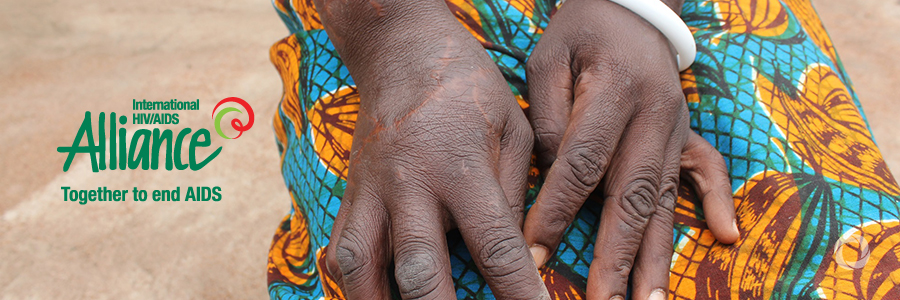This guide is one of a series of good practice guides, and contains information, strategies and resources to help HIV programmers identify and meet the needs of women and girls in all their diversity.
Evidence shows that HIV flourishes in conditions of inequality and lack of accountability. In many countries, HIV prevalence continues to rise among women, especially adolescent girls, young women and women from key populations.
The relationship between gender and HIV is two-fold: while gender affects susceptibility to HIV and the impact of HIV, HIV also influences gender inequality and human rights more generally.
This guide considers the many ways in which gender and HIV interact, and how this is influenced by variables such as education, income, age, ethnicity, race, disability, migrant status, health, location, and sexual orientation.
It contains tools, evidence and good practice to ensure that HIV programming responds to and addresses harmful gender norms, structures and stereotypes that act as a barrier to HIV prevention, treatment and care, and the realisation of sexual and reproductive health and rights.
Read full report here.
Original source: International HIV/AIDS Alliance
Published on 27 February 2018

